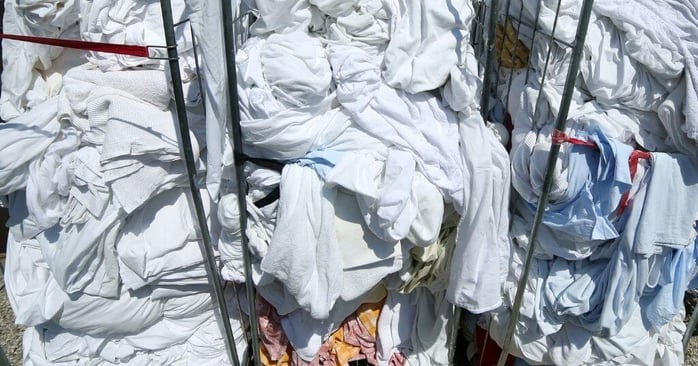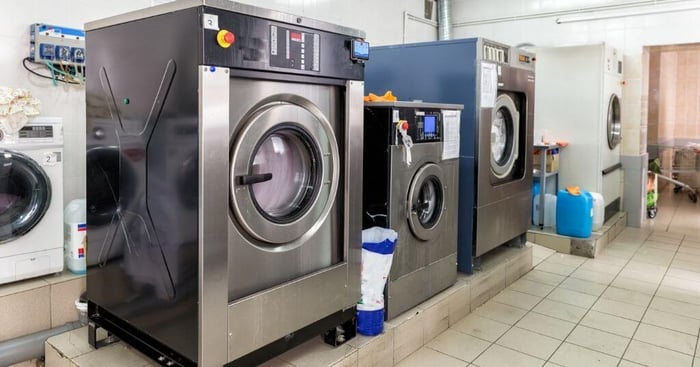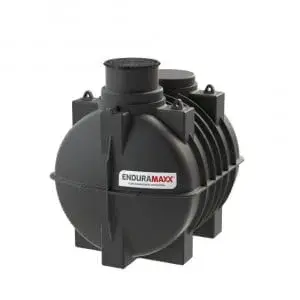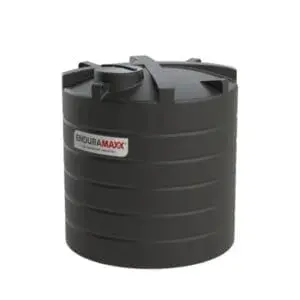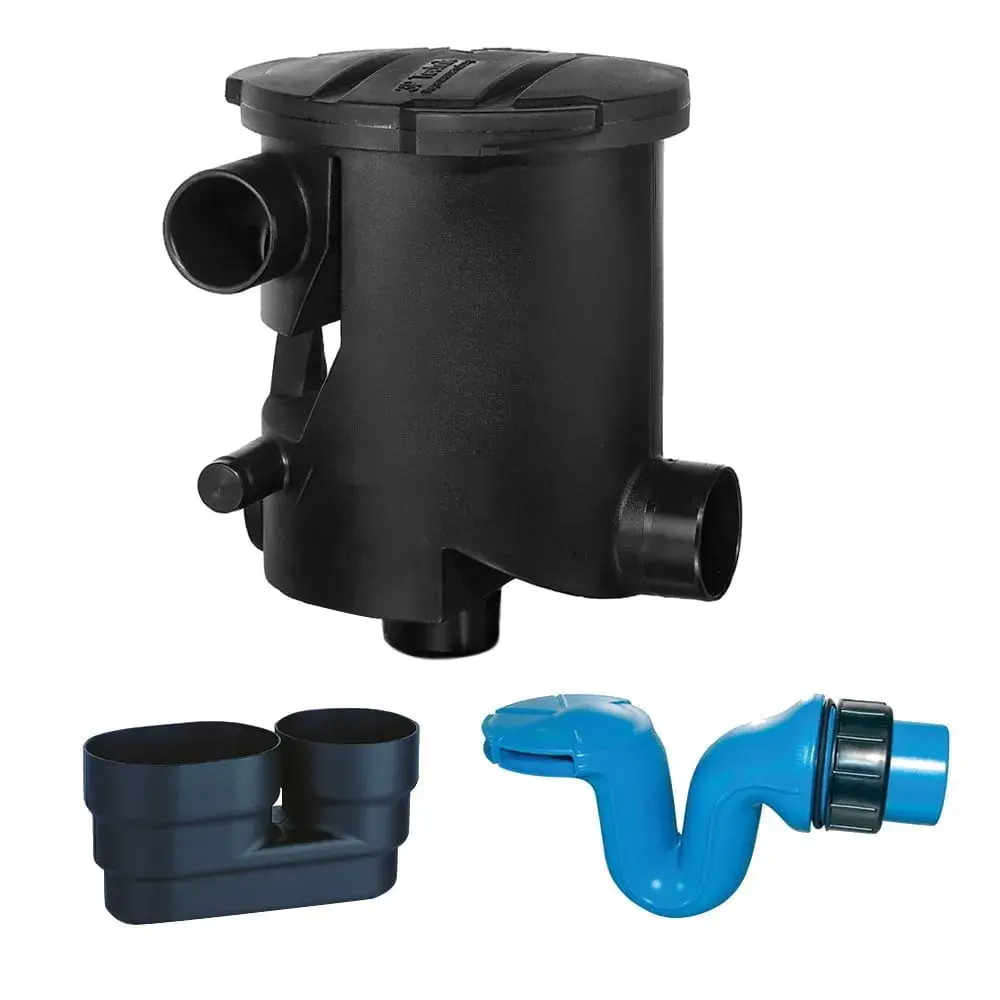Why do we treat textile & commercial laundry wastewater? Can it be reused? In this era of increasing water scarcity, tighter government regulations, and a drive towards more sustainable development – it has never been so important for industries to look at new ways to reduce water consumption.
For industries such as textile manufacturing and commercial laundry, however, the use of large volumes of water is a reality of the business.
Wastewater from these industries contains a high concentration of contaminants that conventional wastewater treatment facilities are unequipped to handle. These toxins will often end up in local water bodies, contaminating our precious resource and harming surrounding ecosystems.
In addition, these big water users must often pay large sums of money for water consumption and tariffs to discharge wastewater into sewers. This has prompted these industries to treat their wastewater on-site and recycle it back into their processes.
By treating and reusing wastewater, textile and commercial laundry facilities will not only be protecting precious water resources from pollution and reducing water consumption – it’s also more cost-effective for their business as well!
The nature of wastewater from textile manufacturing and commercial laundries
Textile manufacturing plants and commercial laundries produce large volumes of wastewater containing contaminants such as detergents, grit, soil, grease, and dyes. This wastewater is often highly concentrated and creates a heavy load on municipal wastewater treatment systems.
Rapid development in many cities has forced wastewater treatment facilities to send poorly treated wastewater into freshwater bodies. This not only harms the surrounding environment, but it also renders our precious water resources unsuitable for future use.
Wastewater from textile manufacturing contains high concentrations of both suspended and dissolved solids, as well as non-biodegradable substances including metals, colour, phosphates and surfactants. Textile wastewater is also characterized by a high pH, high BOD (biological oxygen demand) and COD (chemical oxygen demand).
Wastewater from commercial laundries has similar properties to textile wastewater but with lower levels of colour and higher levels of surfactants (a common substance found in detergent). Laundry effluent also contains oils, grease, heavy metals, and volatile organic compounds (VOC’s) which can be difficult to treat.
These industries are coming under increasing pressure to ‘clean up their act’. Large volume water users are facing fines, impact fees, and requirements to purchase additional sewer capacity. In some cases, however, government incentives are offered to large-volume water users to conserve water and reduce discharge.
Recycling wastewater in the textile and commercial laundry industries will provide much-needed relief to local wastewater treatment facilities and precious water resources. It can also provide a significant return on investment for these industries by saving on wastewater discharge tariffs and the cost to purchase freshwater as well!
How can we treat wastewater so that it is suitable for reuse?
To facilitate wastewater reuse, textile manufacturers and commercial laundries must invest in advanced wastewater treatment plants. This will enable them to safely reuse treated wastewater without compromising the quality of their services or products.
Common advanced treatment processes for textile wastewater comprise a primary treatment step involving screening, flocculation, and filtration to remove larger particles such as fibres and grit as well as suspended solids.
The secondary treatment process will be dependent on the characteristics of the wastewater such as chemical contaminants, organic loading etc. Common secondary treatment steps may include electrocoagulation, biological treatment, and activated carbon adsorption.
A final polishing step is usually required to ensure that treated wastewater quality meets specifications and is suitable for reuse. This may involve advanced filtration techniques such as microfiltration or reverse osmosis. In most cases, disinfection of final effluent will be required prior to reuse.
Treatment of commercial laundry wastewater involves similar techniques to textile wastewater. But as with any kind of wastewater, the type and concentration of contaminants present need to be determined. This will enable facilities to select the best treatment process for their wastewater.
Another important step in the treatment and reuse of industrial wastewater is sludge storage and disposal. Large volumes of sludge will often be produced during the treatment of textile and laundry wastewater. This sludge will need to be stored and disposed of in a responsible manner that meets government regulations.
How chemical tanks, water treatment & sludge storage tanks help save costs
Enduramaxx manufactures a wide range of Industrial Water and Chemical Tanks, suitable for a variety of processes relevant to textile and commercial laundry wastewater treatment. Our chemical storage, dosing, or polymer make-up tanks are locally manufactured using the highest quality materials with safety and longevity in mind.
Our range includes Bunded Tanks and Double-walled Tanks, which may be required for compliance purposes and provide superior protection from leakage and overfilling. Our range of Water Treatment Mixer Vessels can be used in effluent treatment processes including flocculation and coagulation, promoting efficient dosing, mixing and settling techniques.
We also offer a range of Effluent Sludge Storage Tanks including customizable sludge settlement tanks to aid in sludge dewatering and reduce your sludge transport and disposal cost.
Posts By Topics
- Blog (303)
- Chemical Storage Tanks (118)
- Chemical Dosing Tanks (114)
- Chemical Tanks (114)
- Water Tanks (58)
- Rainwater Harvesting Tanks (43)
- Vertical Rainwater Tanks (31)
- Vertical Storage Tanks (31)
- Cone Bottom Tanks (19)
- Conical Cone Tanks (18)
- Rainwater Harvesting (17)
- Water Bowsers (15)
- Horizontal Tanks (14)
- Potable Water Tanks (13)
- Farming (9)
- Case Studies (8)
- Industrial Storage Tanks (7)
- Liquid Fertilser Storage Tanks (6)
- WRAS Approved Potable Tanks (6)
- Wine and Beer Production (6)
- Horizontal Transport Tanks (5)
- Microbrewery (5)
- Rainwater (5)
- Category 5 Break Tanks (4)
- Cider Production (4)
- Mixer Tanks (4)
- Molasses Tanks (4)
- Polyethylene tanks (4)
- Rainwater Filter Kits (4)
- SPECIALIST & BESPOKE TANKS (4)
- Bunded Tanks (3)
- Slimline Tanks (3)
- WRAS Approved (3)
- Clarification Tanks (2)
- Crosslinked Polymer Tanks (XLPE) (2)
- Fertiliser Tanks (2)
- Sump Tanks (2)
- Tank Installation (2)
- Water Butt (2)
- underground water tanks (2)
- ACCESSORIES & FITTINGS (1)
- ATV & UTV SPRAYING UNITS (1)
- Above Ground Effluent Tanks (1)
- Bespoke Tank Frames (1)
- Category 5 Turret (1)
- Caustic Soda Tanks (1)
- Closed Top Bunded Tanks (1)
- Craft beer (1)
- Effluent Tanks (1)
- Enduramaxx (1)
- Ferric Chloride Tanks (1)
- Fire Safety Regulations (1)
- Fire Sprinkler Water Storage Tanks (1)
- Industrial Water Tank (1)
- Open Top Bunded Tanks (1)
- Open Top Cone Tanks (1)
- Open Top Vertical Tanks (1)
- Polyethylene Potable Water Tanks (1)
- Polyvinylidene Fluoride (PVDF) Tanks (1)
- Polyvinylidene Fluoride Tanks (PVDF) (1)
- Pressure Washers (1)
- Pro Series Spot Sprayers (1)
- RWH (1)
- Sodium Hydroxide Storage Tanks (1)
- Sprayer Fill-up Tanks (1)
- Uncategorised (1)
- liquid fertiliser tank (1)
Sign up to the newsletter
enduramaxx.marketing
Related Posts
Abattoir & Slaughterhouse Wastewater Treatment
Abattoir & Slaughterhouse Wastewater Treatment, meat processing effluents and slaughterhouse...
Wastewater Sludge Removal & Chemicals Used
Wastewater Sludge Removal & the Chemicals Used – wastewater treatment involves several key...
What Is Sludge In Wastewater Treatment? Thickening, Dewatering & Disposal
Sludge wastewater treatment refers to the solids after separation from a liquid. It usually has a...
Related Products
From £1,080.00 inc. VAT
£900.00 exc. VAT
From £1,344.00 inc. VAT
£1,120.00 exc. VAT
From £768.00 inc. VAT
£640.00 exc. VAT
£480.00 inc. VAT
£400.00 exc. VAT

